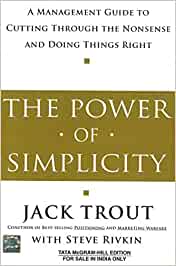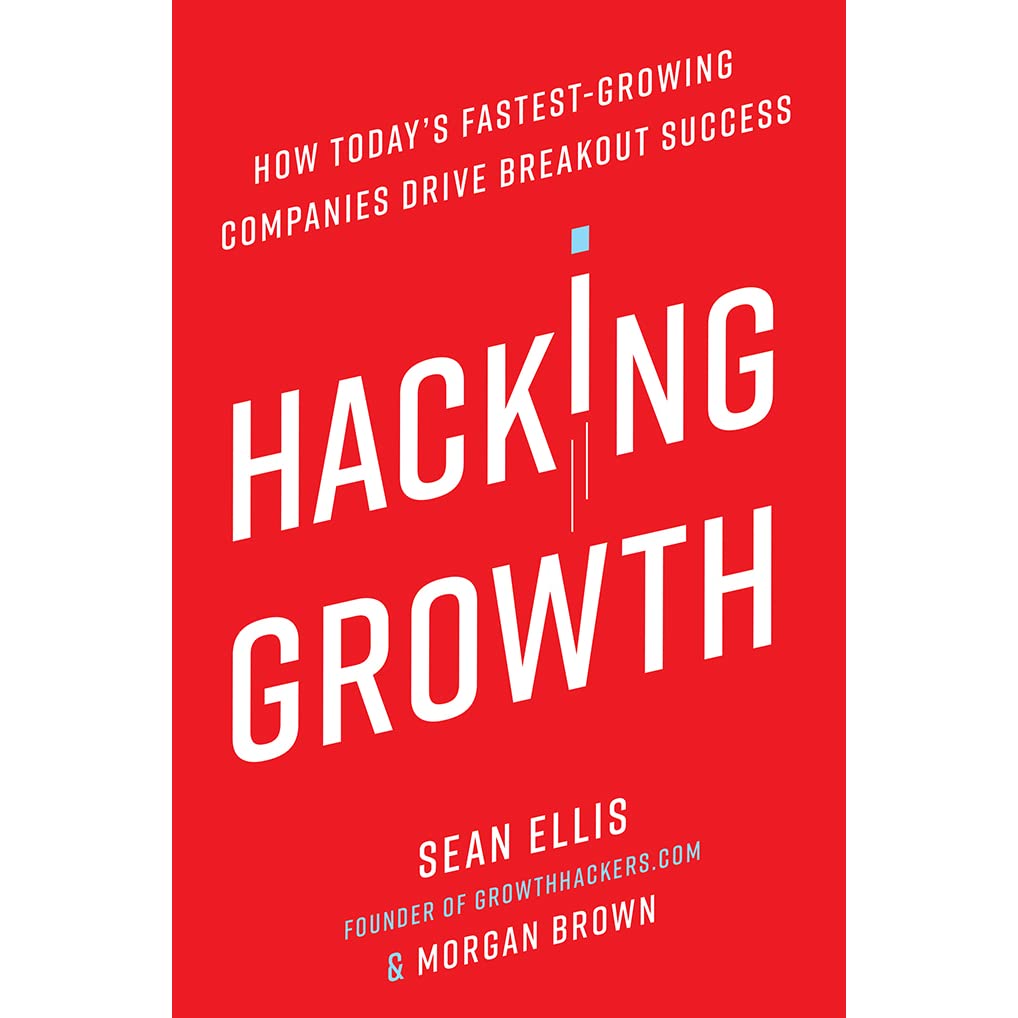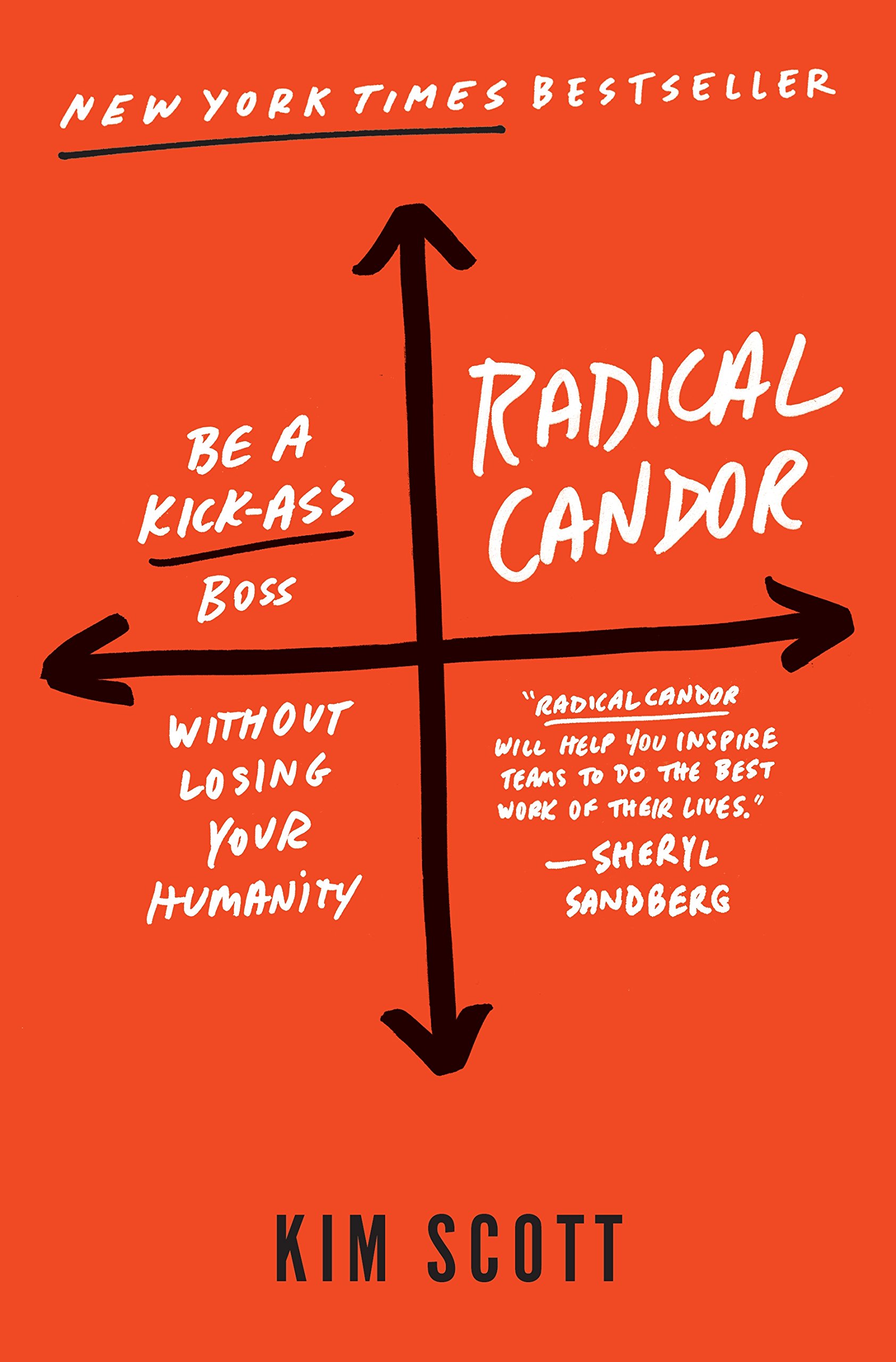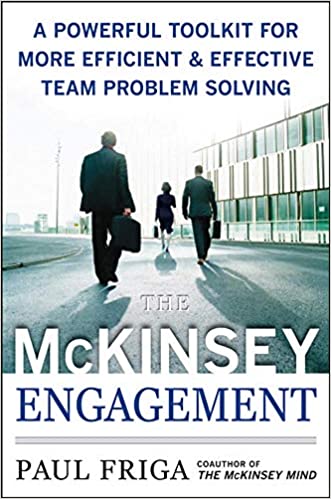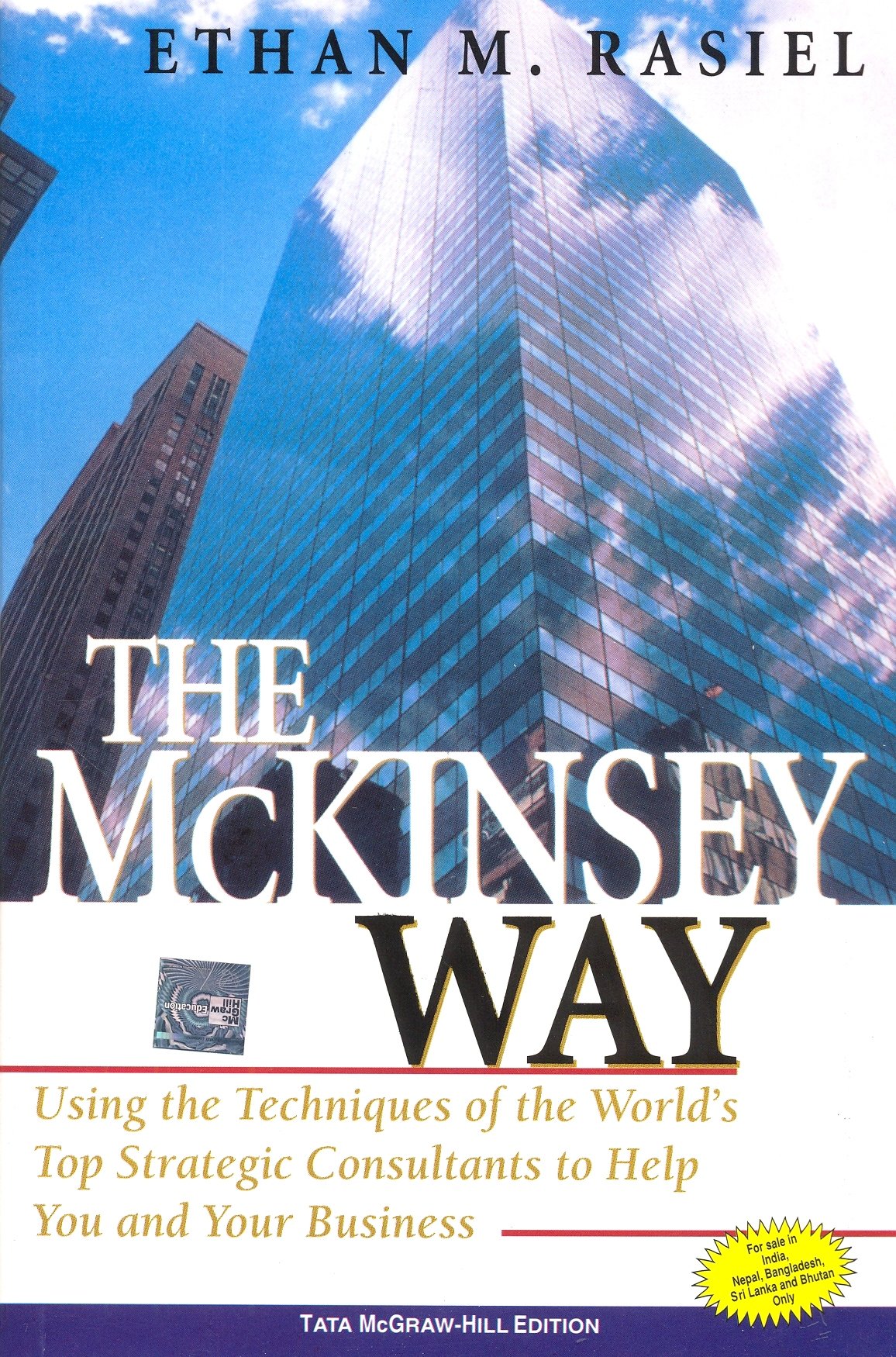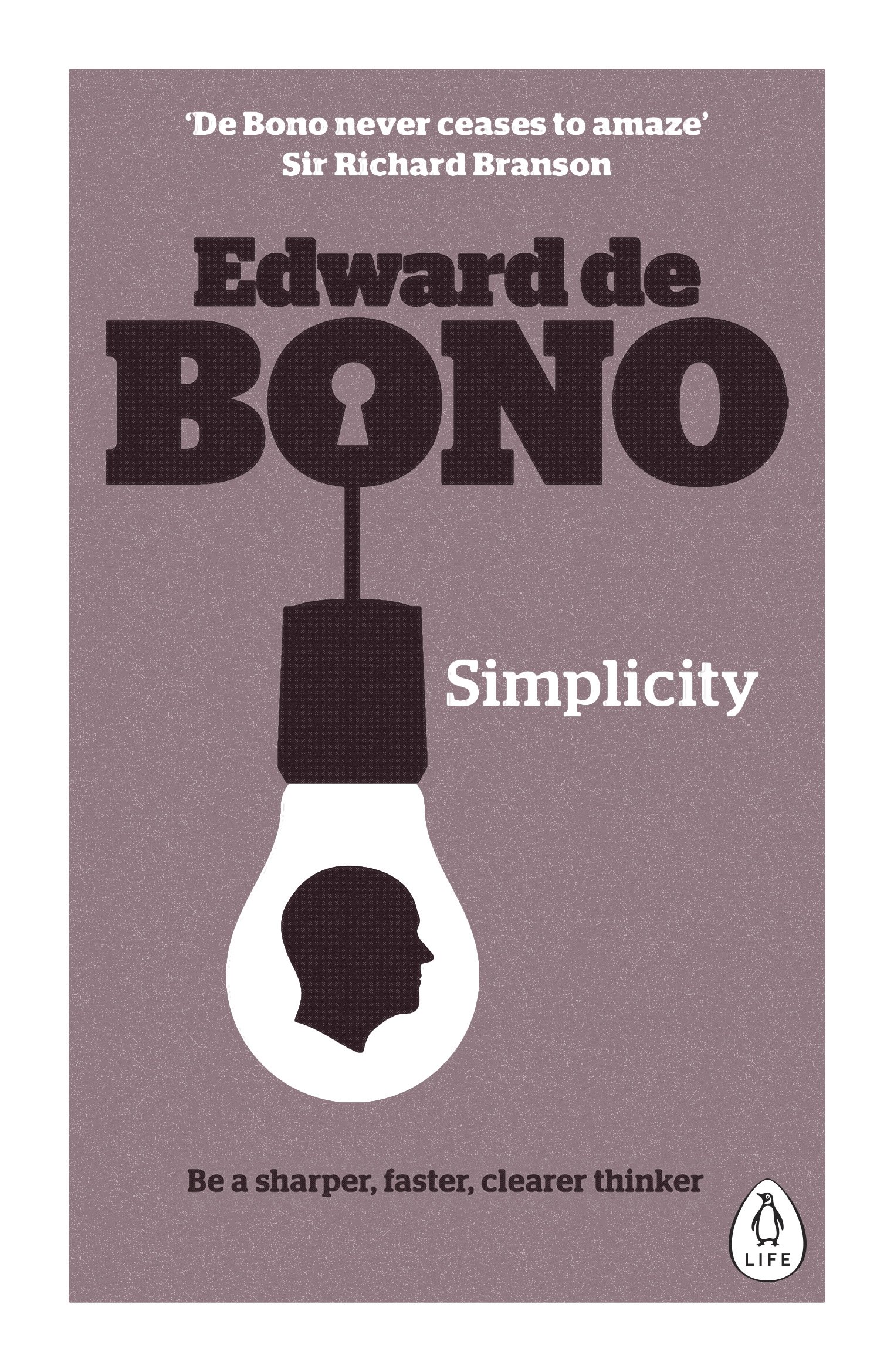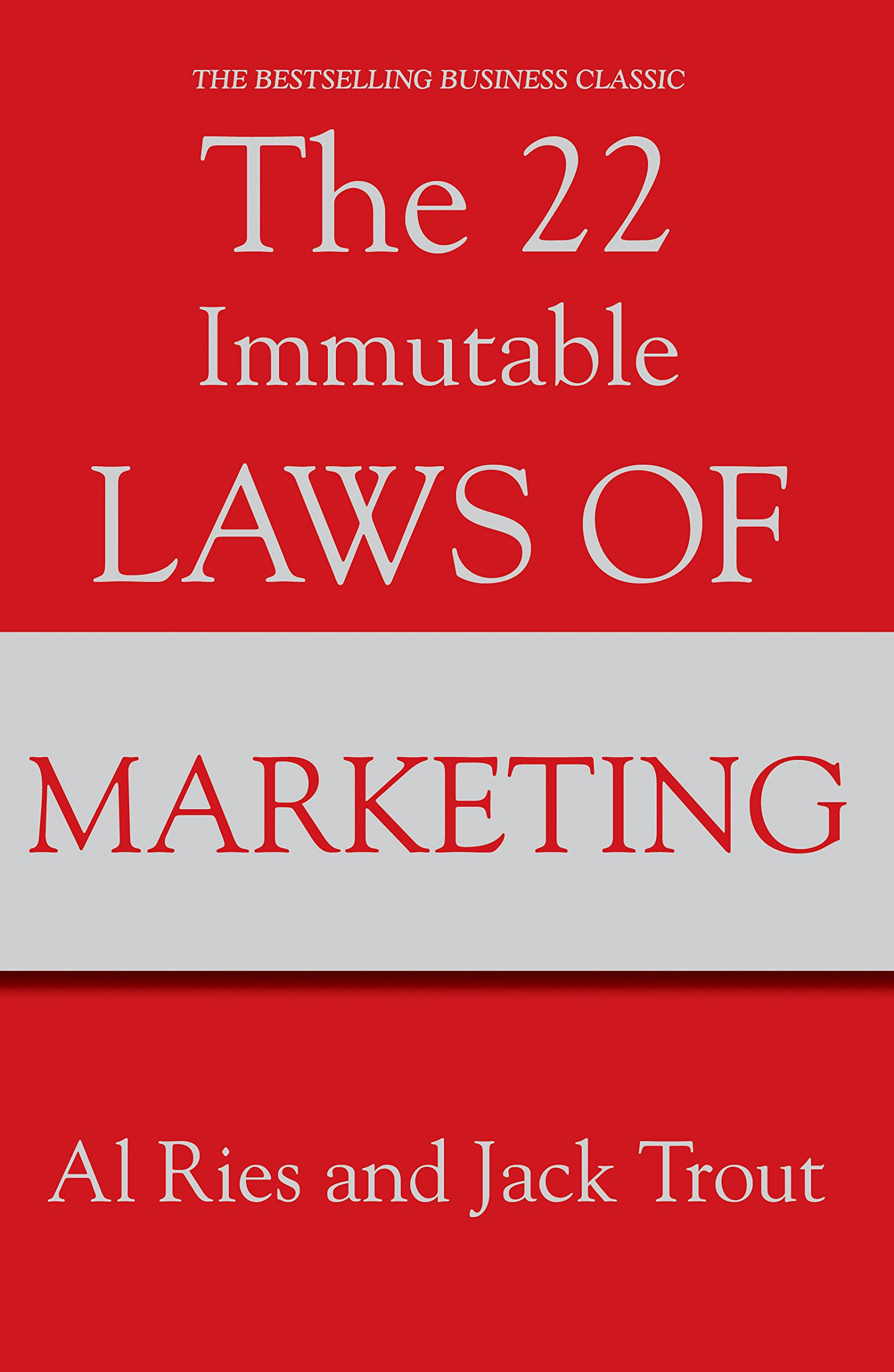The Basics of Simplicity
- Simplicity – Why people fear it so much
Simplicity requires that you narrow the options and return to a single path. Paradox of choices. “If the glove doesn’t fit, you must acquit.” “Ab ki Baar, Modi Sarkar”.
- Common Sense – It can make things simple
The world is too irrational to be put into mathematical formulas. Get your ego out, Listen better, Be Cynical. Trust your common sense. It will tell you what to do.
- Complex language – it can cloud people’s minds
Language is getting more complicated. “Empty your knapsack of all adjectives, adverbs and causes that slow your stride and weaken your pace. Travel light.”
- Keep sentences short, remove unnecessary words.
- Pick the simple, familiar word
- Put action in your verbs.
- Write like you talk.
- Use terms your readers can picture.
- Tie in with your reader’s experience. (The essence of positioning.)
- Make full use of variety.
- Write to express, not impress.
Don’t be suspicious of your first impressions, they are often the most accurate.
A Simple Summation – Big ideas almost always come in small words.
Management Issues
- Information – Too much can confuse you. Declutter to think clear
The first challenge is to acknowledge that you can’t absorb everything you think you need to know. And when you’re the one doing the communicating, be more economical in everything you write, publish, broadcast, or post online. You’re supposed to be a decision maker, not an information expert.
Demand that any report that reaches you have a one-pager. If it doesn’t, send it back. Send brief responses. Seven lines of text, One visual per slide is the ideal.
- Consultants – the source of a lot of nonsense
Introduce simple ideas and get it done. Its about doing the right thing not the most fashionable. Don’t trust anyone you don’t understand.
- Competitors – Simply think of them as the enemy
Companies must look for weak points in the positions of its competitors and then launch marketing attacks against those weak points.
- Defensive Warfare Is What Market Leaders Wage. Leadership is reserved for those companies whose customers perceive them as the leader … A rolling company gathers no competitors. They attack themselves regularly
- Offensive Warfare Is the Strategy for the Number Two or Three in a Category. Papa John’s attacked Pizza Hut at its weak point, ingredients. “Better Ingredients. BetterPizza.” Simple Story Great Results.
- Smaller or New Players That Are Trying to Get a Foothold in a Category by Avoiding the Main Battle Pursue Flanking Warfare. Uncontested areas. Eg: Dell
- Guerrilla Warfare Is the Land of the Smaller Companies. A Defendable Niche. Eg: Carribean Island
If you’re at war, it’s important that you adopt the qualities of a good general: be flexible, have courage, be bold, know the facts, be lucky.
- Strategy- Differentiation
In real estate its location, location, location. In business it’s differentiate, differentiate, differentiate. – Robert Goizueta, former Coca-Cola CEO.
In a world where everyone is after your business you must supply your customers with a reason to buy you instead of your competitor. If you don’t offer that reason, then you had better offer a very good price. That reason is then packaged into a simple word or set of words that is positioned in the ultimate battleground, the minds of your customers and prospects. We call that “positioning.”
- Customer orientation- POP not POD
One aspect of a marketing program that is often overlooked is that of reinforcing the perceptions of your existing customers. Make them feel smart about being your customers. Its not about knowing the customer, but the customer knowing about you
- Annual Budgets- Necessary evil
Step 1. Prepare Marketing Plans
Step 2. Rank Product Opportunities
Step 3. Assign Advertising Tasks(for awareness not changing minds)
Step 4. Stop When You’re Out of Money
Put your money where your opportunities are, not where they were.
- Prices- A thing is worth whatever the buyer will pay for it and your competition will let you charge
- You’ve Got to Stay in the Ballpark.
- People Will Pay a Little More for Perceived Value.
- High-Quality Products Should Be More Expensive.
- High-Priced Products Should Offer Prestige.
- Late Entrants Usually Enter on Price.
- High Prices and High Profits Attract Competitors.
- Don’t Train Your Customers to Buy on Price.
The commandments of discounting:
Don’t follow the pack, be creative, use discounts only to clear stocks or generate extra business, put time limits on the deal, make sure the ultimate customer gets the deal, discount only to survive in a mature market, stop discounting as soon as you can.
- It’s Hard to Win with a Low Price unless you have a structured, low-cost advantage over your competition. Southwest Airlines
Make Sure You Build Some Promotional Dollars into Your Price.
- Mission Statements – Mushy Statement shows it has no direction
Have a clear direction. Put the basic strategy into the statement. Present the differentiating idea. Make sure everyone in the company gets it.
- Leadership
“The foundation of effective leadership is thinking through the organization’s mission, defining it and establishing it, clearly and visibly. The leader sets the goals, sets the priorities, and sets and maintains the standards.”
The best leaders are storytellers, cheerleaders, and facilitators. They reinforce their sense of direction or vision with words and action. A visible leader is a very powerful weapon. This kind of leader offers unique credentials for a company.
A Simple Summation – Good leaders know where they are going.
- Long-term Planning
Are you writing your competitors plan? Spot trends, not fads, and capitalize. Flexible!
- Organization
Conventional wisdom says that decentralization is good. It gets you closer to the market. Our view is that decentralization is bad. It dissipates your forces, adds to complication, and makes it difficult to keep things focused.
“If nothing ever changed, a decentralized company would be more efficient and effective than a centralized company. There’s no question that decentralization contributes to a sense of responsibility on the part of both the operating unit’s management and employees. But how does a decentralized company develop a focus? It doesn’t. Decentralization removes top management’s ability to point the company in one specific direction. And then to change that direction when conditions in the marketplace change. Decentralization is efficient, but inflexible.” Almost by definition, a decentralized company cannot have a focus on a correct strategic behavior or strategy. It can only serve as a center for accumulating financial results
- Marketing
A differentiating idea is a competitive mental angle. The idea must be competitive in the total marketing arena, not just competitive in relation to one or two other products or services. Second, a differentiating idea must have a competitive mental angle. In other words, the battle takes place in the mind of the prospect. In our definition, a strategy is not a goal. It’s a coherent marketing direction, in the sense that it is focused on the idea that has been selected. Second, a strategy encompasses coherent marketing activities. Product, pricing distribution, advertising – all the activities that make up the marketing mix must be coherently focused on the idea.
Opportunities are hard to spot because they don’t look like opportunities.
- New Ideas
Innovation has very little to do with genius. It has very little to do with inspiration. Let’s take an honest look at how the mind gets a new idea. It happens in three steps.
- Preparation. Immerse in the problem. Collect information, data, and opinions
- Incubation. While you are busy doing other things, a part of your unconscious mind is swirling. Your brain juxtaposes ideas, blends characteristics, funnels ideas together.
- Illumination. A new and reasonably complete idea surfaces (seemingly out of nowhere). The simplest way to solve a problem is to borrow an existing idea. Military designers borrowed from Picasso’s art to create better camouflage patterns for tanks.
The simplest way to invent a new product is to adapt an existing idea
Substitute; Combine; Adapt; Magnify or Minimize; Put it to other uses; Eliminate; Reverse or rearrange.
- Goals – They muck up marketing plans. Wishful thinking.
Bring reality. Stop trying to force things to happen and instead find things to exploit.
- Growth is a byproduct not a goal
A simple and powerful objective is to shoot for share, not profits. As a market emerges, your number one objective should be to establish a dominant market share. Too many companies want to take profits before they have consolidated their position. Never finance the company’s losers with the earnings from the company’s winners. This dampens your ability to pour on the resources to your winners. In our experience, less is more. Don’t spread yourself thin with line extensions.
People Issues
Chapter 19 – Motivation
What that CEO should be delivering is a platform of ideas on “how we’re going to kick butt,” followed by “here are the fundamental training and tools to do it with.”
Chapter 20 – Self-improvement
Here is some simple advice to deal with self-improvement issues.
- Understand what’s going on here. It’s a scam
- Leave personal growth to the person.
- Start by improving the basics.
- After the basics, work on skill building. “You never send a changed person back to an unchanged environment, That’s Organizational Development 101.”
- Remember, it’s called training, not recreation.
Chapter 21 – Success
Product Horse. Idea Horse. The other person horse. Riding is better than planning.
Is it Bold, Obvious, likely to disrupt the apple cart.
Chapter 22 – The Critics – Ignore them
In Conclusion
Chapter 23 – Simplicity
Papa John’s Pizza founder, John Schnatter “It’s all about better ingredients and quality and good old-fashioned hard work. thirteen years ago we simply decided to make a better traditional pizza. We now do that better than anybody does in the world.
Chick-fil-A “We didn’t invent the chicken,” the ads say, “Just the chicken sandwich.”
Southwest Airlines. The airline was founded on the premise of keeping things simple. First there was only one kind of airplane, the Boeing 737. That made things simpler for the pilots and the maintenance people. Then there were no assigned seats, no food at all, no hubs, easy on, easy off is the airline’s philosophy.
The Kohl’s Department Stores. “We do 20 simple things that have impact taken together,” says CEO John Herma. “The key is the consistency of the execution.”


